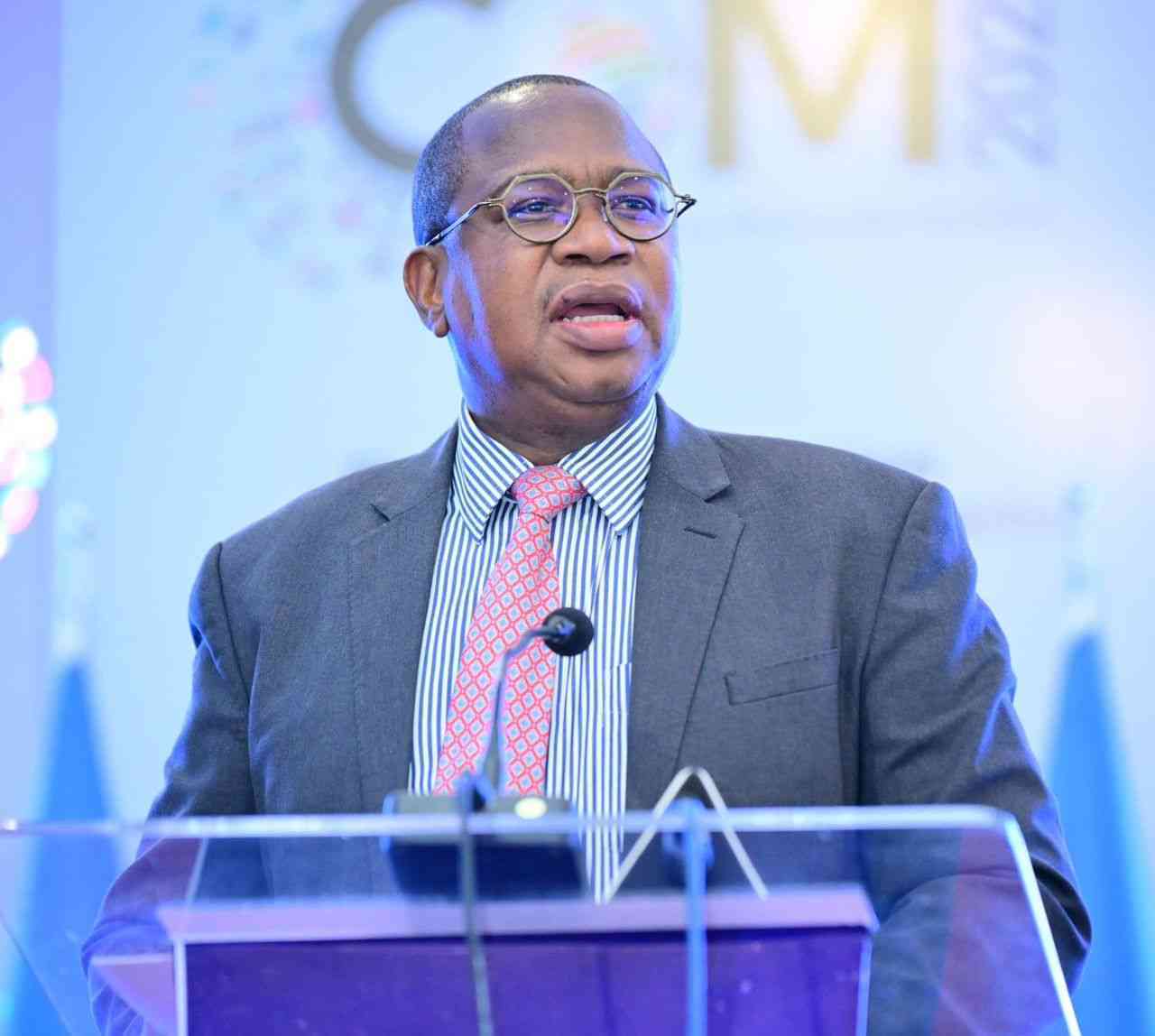
Many organisations have turned to total rewards management to provide a more holistic approach to employee benefits and rewards in today's modern world. Total rewards refer to the combination of all the benefits and rewards that an organisation provides to employees, such as salary and bonuses and programmes and perks such as retirement packages, health insurance, and tuition reimbursement. It also refers to the process of managing and providing these rewards and benefits.
Total rewards model is a framework for managing human capital that focuses on providing a complete employee experience — one that includes financial rewards, such as salary and bonuses; experiential rewards, such as opportunities for professional development and career advancement; and social rewards, such as opportunities for collaboration and team building.
The total rewards model is based on the idea that employees ultimately care more about their total experience with a company than their compensation alone.
The total rewards model is broad and deep; it encompasses everything a company does to support and advance the careers of its employees. It is a framework for human capital management that uses the employee experience lens to help companies assess their current state, set strategic priorities, and design and implement actions for continuous improvement.
The total rewards model is used to build a comprehensive strategy that focuses on the "how" of an organisation, the strategy, policies, and programs that are designed to support the organisation's strategic goals, values, and culture.
The total rewards model is the bridge between strategy and human capital management. It is designed to help organisations design the programs and policies needed to attract, develop, and retain a talented workforce.
The total rewards model uses a holistic approach to consider all the factors that make employees feel valued and fulfilled in their jobs. The total rewards model emphasises the importance of finding the right balance between work, purpose, and culture for a more fulfilled workforce.
The total reward strategy
- The brains behind Matavire’s immortalisation
- Boustead Beef seeks to end CSC corporate rescue
- Airports Company strikes mega hotel deal
- Tourism recovery needs all hands on deck
Keep Reading
The total rewards strategy is an organisation's plan for the best way to use its total rewards to achieve its business goals. The total rewards strategy is built on the foundation of the total rewards model, which provides a comprehensive framework for thinking about the connection between strategy and human capital management.
It's also important to remember that a total rewards strategy is a living document, meaning it will change and evolve as your organisation grows and changes. Just as the total rewards model is a framework rather than a set of hard — and— fast rules, the total rewards strategy serves as a guide for making decisions, not rules that must be followed.
This allows leaders to adapt the total rewards strategy to their unique situation, ensuring that their organisation's total rewards programs are aligned with their business goals.
The first part of a total rewards strategy is assessing your current state. This includes an assessment of where your organisation is today regarding your total rewards programs and your ability to execute those programs. It also includes a clear articulation of where you want to go.
For example, suppose you want to build a reputation as an organisation that promotes from within.
In that case, your strategy may include a series of actions such as investing in learning and development programs for employees, creating a career development path, and providing opportunities for employees to take on bigger and more complex roles.
Key factors
According to a survey conducted by Watson Wyatt and WorldatWork, the following important measures should be taken by companies when developing their total rewards strategy.
Alignment – The total reward strategy must align with the full human capital value chain. The study found that organisations with high levels of employee performance are more successful than companies with low levels at aligning employee behaviour with the company's aims.
Consider what employees want - Rewards only work if they're valuable to employees. Too many firms don't know if employees value their rewards plans. They do not check if the rewards help attract, motivate and retain employees. More organisations should consult employees about their rewards preferences and utilise the feedback to shape reward programs.
Memory NGuwi
Most performance management systems suffer from two main perennial problems; measurement problem and feedback problem. Regardless of what your system is called these are the main problems that make most performance and measurement systems useless. I know a lot of organisations have different systems, some very old and others new and with fancy names. Unless and until the two problems are addressed the system will not work. You may have noticed that some organisations are abandoning performance assessment completely. Here are the major problems related to performance management.
The measurement problem
Regardless of the system you are using Observed Performance = True ability (effort) + Error (Luck). If your performance measurement system at any level is to be good it must minimise the amount of error in the measurement system. It is impossible to get rid of all the error in the measurement of performance. To reduce this amount of error the system must be as objective as possible. In practice, we know that most of the systems are very subjective making them unsuitable to differentiate between good performers and bad performers. When your measurement system can capture the true ability or effort of the individual in the observation of performance half your job is done. One of the true characteristics of good performance is that whatever is being measured must show some element of consistency. Variation in performance is mainly as a result of an error in the measurement instrument. As an example “playing lotto” does not reflect the true ability or effort of the individual. Whether you win lotto or not is a function of luck more than skill. Most of the performance measurement systems we are seeing on the market are like playing “loto”. They do not reflect the true ability or effort of the employee, instead, they show that luck or measurement error is at play. If your system cannot objectively distinguish between good performers and poor performers it means it’s not a good system.
Feedback Problem
The problem related to feedback is complicated by the first problem of measurement. If your measurement system is not objective and largely correct, giving employee feedback is very difficult. Employees resist subjective and inaccurate systems. This is precisely why most employees hate performance appraisals. However, managers do not seem to learn and they continue with a faulty feedback mechanism.
No consequences: What happens if employees perform and what happens when they do not? If there is nothing in both cases, your performance management system will never work even if you address the first two problems. People change their behaviour because of what happens to them after performing to a certain level.
Long Appraisal Forms
A good appraisal form should not be more than one page. Anything above two pages will be resisted. A good appraisal form prioritises the goals that need to be achieved and these cannot be more than one page.
Not training users
Once all the above key issues are addressed you need to make sure every user of the system is trained properly. When users know how the system should work they normally put effort to do it properly.
- Nguwi is an occupational psychologist, data scientist, speaker and managing consultant at Industrial Psychology Consultants (Pvt) Ltd, a management and HR consulting firm. https://www.linkedin.com/in/memorynguwi/ Phone +263 24 248 1 946-48/ 2290 0276, cell number +263 772 356 361 or e-mail: [email protected] or visit ipcconsultants.com.










